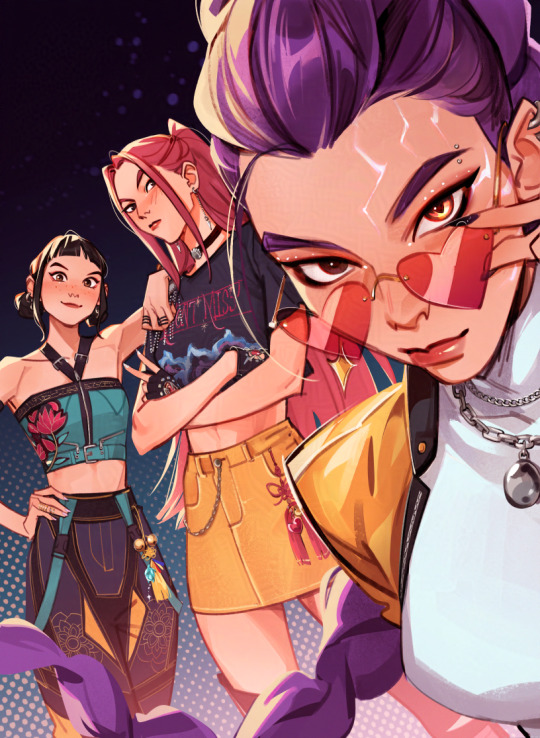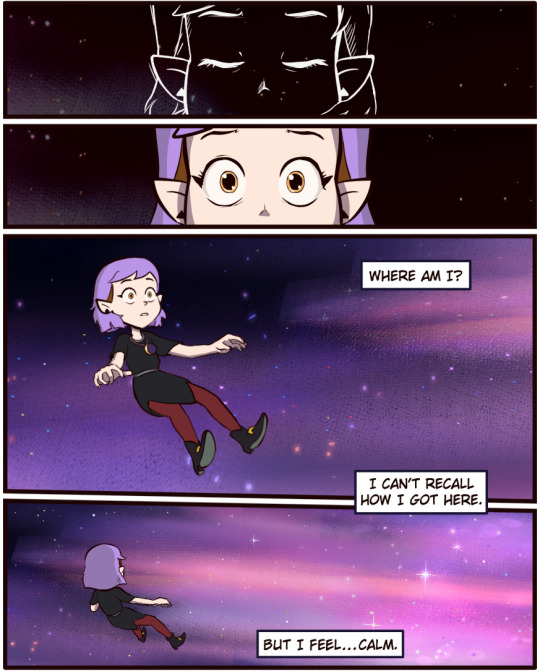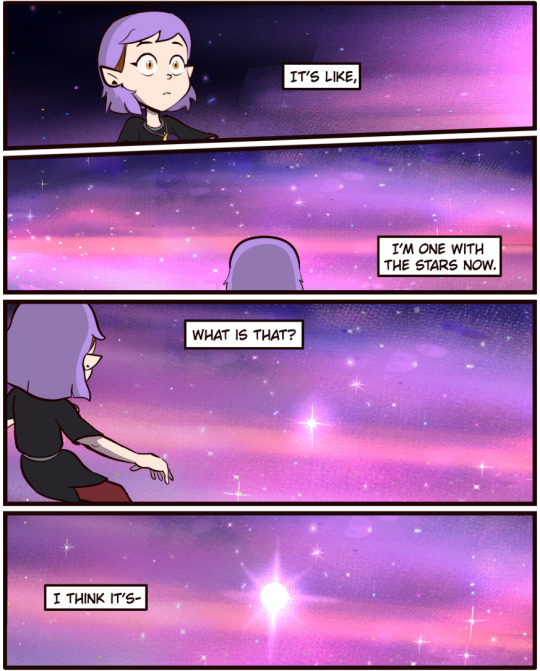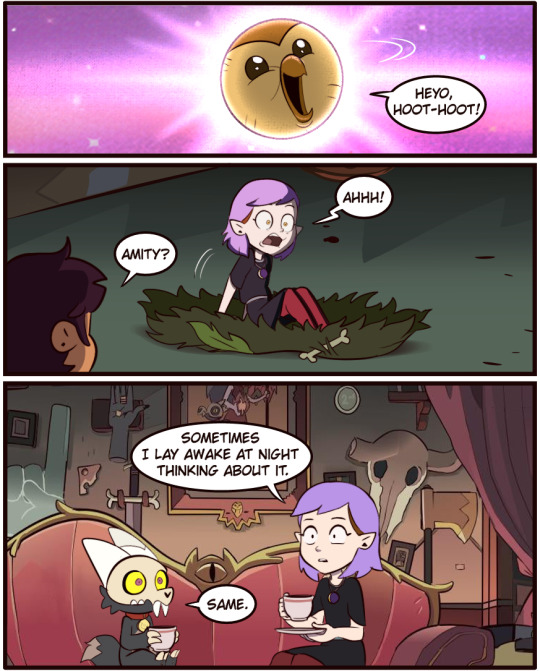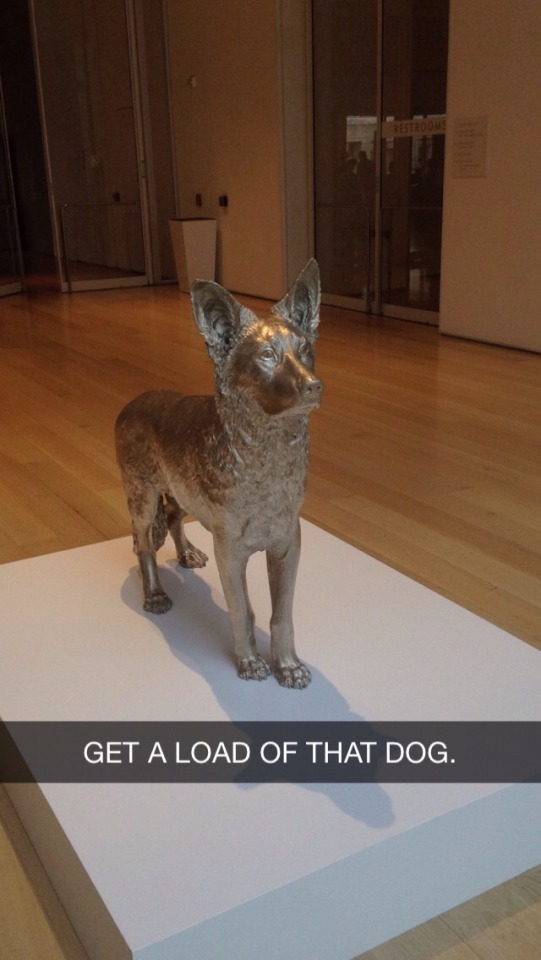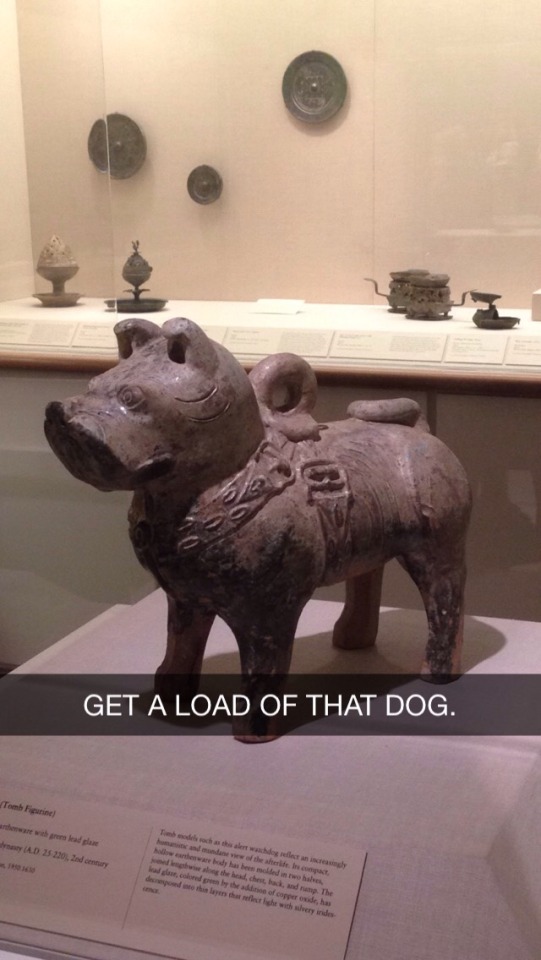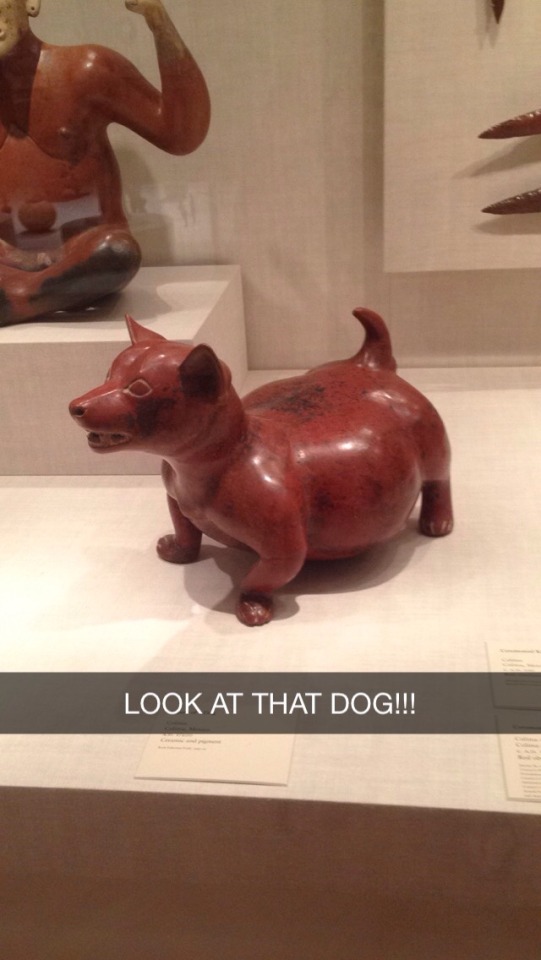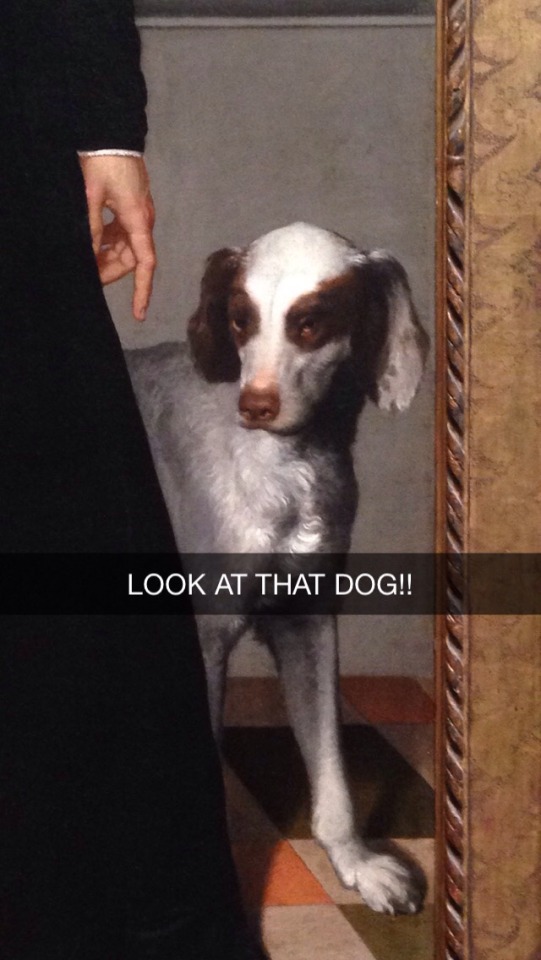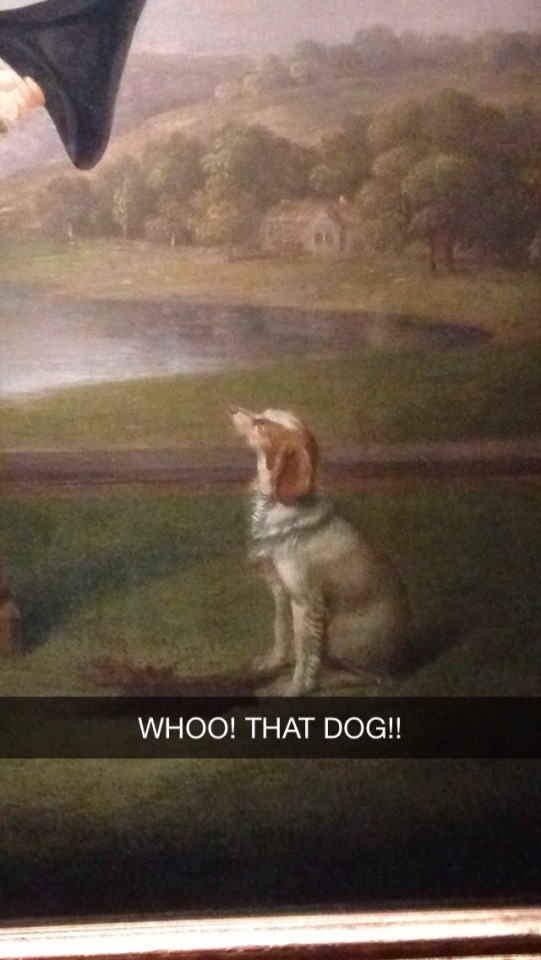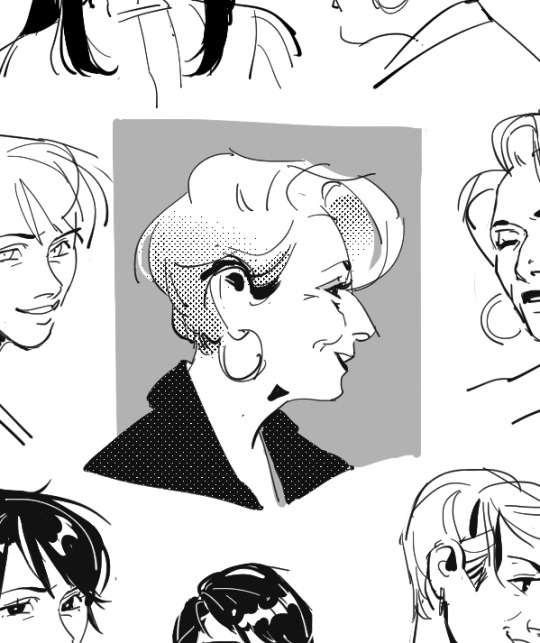Text

i was watching k-pop demon hunters and the SECOND i saw constellations on rumi's sword i was like. oh i know this one. from this specific post i reblogged one time three years ago

love being able to trace artistic inspiration!
1K notes
·
View notes
Text




Strawberry Hill House—a Gothic Revival villa that was built in Twickenham, London 1749
76K notes
·
View notes
Text

bread or lottery?
you can get a print here
9K notes
·
View notes
Text
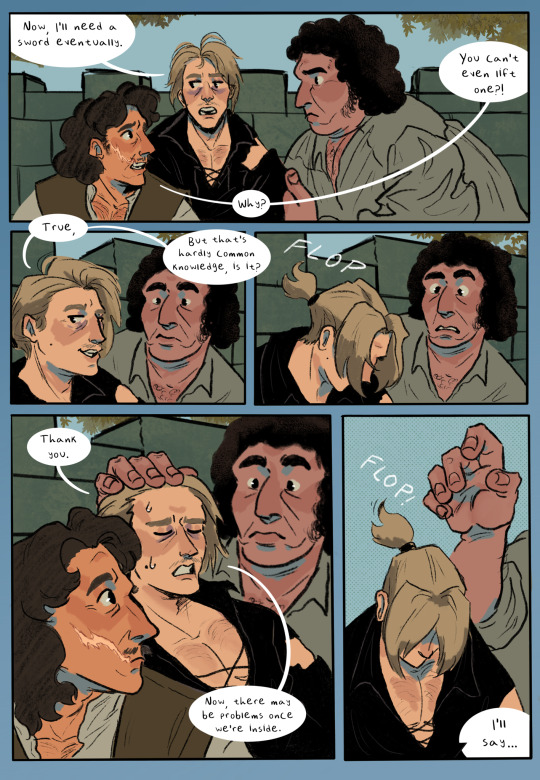
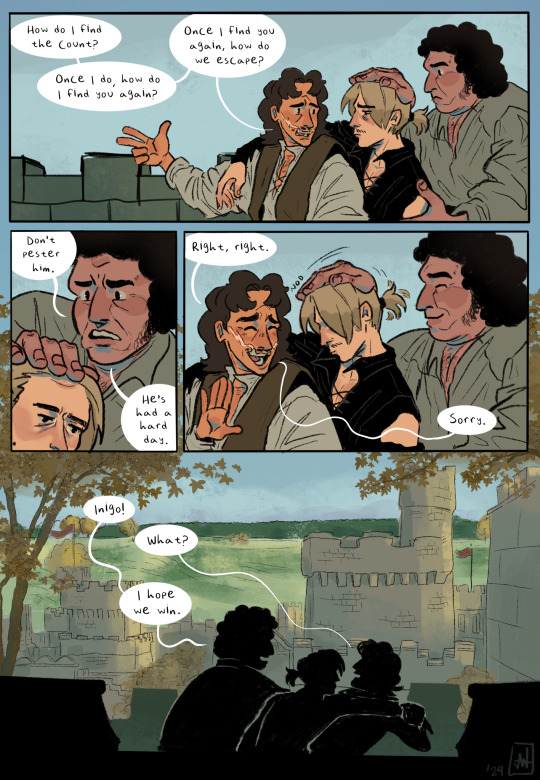
Princess Bride comic for class - sorry for reposting, this is the post-crit fixes version
5K notes
·
View notes
Text
i was so sad, i drew a little bat so i wouldn’t be sad. and now i am no longer sad.
179K notes
·
View notes
Text
I finally present to you my new Hannibal art books: Bon Appétit Volume 2 and Collection!
Volume 2 includes all the paintings done after I published the first volume in 2020. The Collection includes all the artworks I ever painted (it's basically volume 1 + 2 together) - I made it for those people who don't own volume 1 yet so they don't have to pay the shipping twice if they wish to order both :)
Both books will go on sale on Sunday 29 June at 4pm UK time. Save the date 💙
103 notes
·
View notes
Text

In my old apartment I used to have a little bluejay come hang out on my windowsill for a few minutes every morning while I drank my morning tea 🫶 I hope that lil guy is doing ok 🥺
73 notes
·
View notes
Text




My concept exploration for the romantic duet in KPop Demon Hunters!
13K notes
·
View notes
Text

Light Falloff
This artwork is a tribute to nostalgia— a gentle reflection of a time and place that shaped a golden childhood.
This old building holds the soul of simpler days, where laughter echoed through cozy rooms and the scent of home-cooked meals drifted from the kitchen. It was a world filled with video games, board games, and birthday candles glowing with joy.
Homework felt like a shared adventure, not a chore, and the hum of the TV, with its clunky antenna, was the soundtrack of peaceful evenings.
Neighbors were more like extended family, and safety was so deeply felt that locked doors were almost an afterthought—only discovered to be broken the day we were leaving town.
This is more than a building; it is a memory made of warmth, innocence, and the quiet magic of being home.
7K notes
·
View notes
